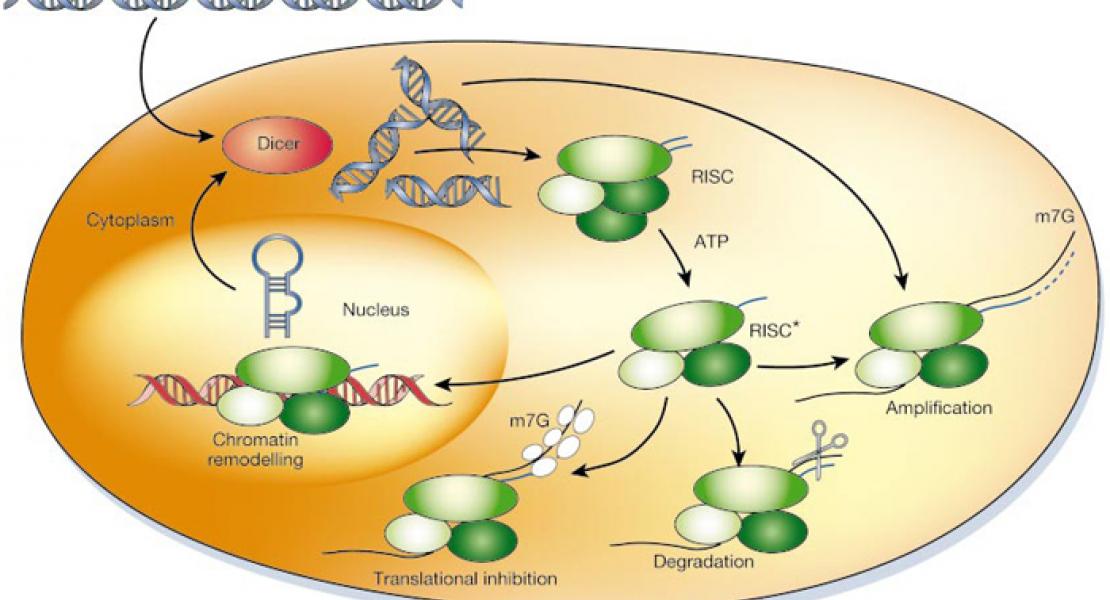Promoter sequences direct cytoplasmic localization and translation of mRNAs during starvation in yeast

Abstract
A universal feature of the response to stress and nutrient limitation is transcriptional upregulation of genes that encode proteins important for survival. Under many such conditions, the overall protein synthesis level is reduced, thereby dampening the stress response at thelevel of protein expression1 . For example, during glucose starvation in Saccharomyces cerevisiae (yeast), translation is rapidly repressed, yet the transcription of many stress- and glucose-repressed genes is increased2,3. Herewe show, using ribosomal profiling andmicroscopy, that this transcriptionally upregulated gene set consists of two classes: one class produces messenger RNAs that are translated during glucose starvation and are diffusely localized in the cytoplasm, including many heat-shock protein mRNAs; and the other class produces mRNAs that are not efficiently translated during glucose starvation and are concentrated in foci that co-localize with P bodies and stress granules, a class thatis enriched formRNAsinvolvedin glucosemetabolism. Surprisingly, the information specifying the differential localization and protein production of these two classes ofmRNAis encoded in the promoter sequence: promoter responsiveness to heat-shock factor 1 (Hsf1) specifies diffuse cytoplasmic localization and higher protein production on glucose starvation. Thus, promoter sequences can influence not only the levels of mRNAs but also the subcellular localization of mRNAs and the efficiency with which they are translated, enabling cells to tailor protein production to the environmental conditions.
